When the PS5 and Xbox Series X/S finally arrived, the big selling point was ray-tracing. Or, in layman’s terms, better reflections. The idea is that games can simulate lighting in real-time to look even more realistic than they already did. It’s boring, overly technical for a console pitch, and worst of all, a huge tax on performance.
Frankly, I don’t think ray tracing ever looks ‘better’. You can see Spider-Man reflected perfectly as you scale a skyscraper, but I still think the older games with cel-shaded, comic-inspired art have more character. Realism is a dull road, which RTX is only exacerbating.
Video Games Have A Realism Problem
Gaming has long been obsessed with getting as close to reality as possible, and we’re seeing inflated budgets and development times at their worst. But it’s a snake eating its own tail, as the big publishers and consoles are cultivating expectations from gamers that are impossible to meet by constantly pushing for generational leaps and improved graphics in every single sequel.
The outrage that Spider-Man 2 looked the ‘same’ despite costing over $200 million sums up the industry perfectly. We’ve hit the ceiling, and incremental changes — however expensive — aren’t enough to satiate an audience conditioned to expect far more.
Xbox and PlayStation tried to break through the ceiling with better lighting, which is hardly as significant as the leap from 2D to 3D, the introduction of joysticks, or revolutionary online features. Sometimes you can see things reflected in a puddle. Yay? It’s endemic of gaming’s future, chasing hyperrealism into the inevitable abyss when developers should instead dial things back.
Gaming Needs To Slow Down
The PS6 doesn’t need to be revolutionary – and there’s no way it can be without pricing out gamers. Just look at how costly the PS5 Pro was for insignificant changes that are barely noticeable. We should be looking at Nintendo for inspiration, and how it seeks to revolutionise mechanics and gameplay, exploring the bizarre and wonderful things you can do with the medium’s unique interactivity as opposed to rendering every single pore in Link’s skin.
That’s what makes games like Breath of the Wild, Baldur’s Gate 3, and Elden Ring so much more memorable than the latest action-adventure PS5 exclusive. It’s why Astro Bot stuck out so much this year — we’ve been craving for Sony to return to that mindset.
But broadly speaking, that’s not what we’re seeing. Astro Bot was an exception to the rule. Just look over the pond at Xbox with Indiana Jones and the Great Circle. It has mandatory ray tracing: there’s no option to turn it off. You need an RTX 2060 to even play it on PC, although many suggest using a 4000 series for the optimum experience. Gaming is a luxury, sure, but it’s becoming more and more pricey to accommodate these unrealistic expectations, and when it becomes mandatory, countless are locked out.
Consoles are expensive, graphics cards are expensive, video games are expensive, even subscriptions like Game Pass — once the way to make gaming affordable — are expensive! The fault doesn’t lie squarely at ray-tracing’s feet, but it’s a microcosm of the industry as a whole. We’re chasing these tiny yet incredibly costly technological improvements in an unending race to make the best-looking game of all time.
Yet the best-looking games that spring to mind are never the ones that look like they could be a photograph. It’s the stylish painterly art of Okami, the classic rubberhose animation of Cuphead, or the beautifully handpainted backdrops of Final Fantasy 9. Style always triumphs over realism, and looking back at generations past, those are the games that have aged the best, because they tried to do something more than just capture reality. They told a story in their visuals.
Ray-tracing is cold, mechanical, and bland. Yet it’s the bedrock of this entire generation, one where games take ten years to develop and budgets are so high that one failure can spell the end of a studio. Hyperrealism cannot be the future of gaming, and as we look forward to the next generation and the next, these expensive bells and whistles need to take a backseat.
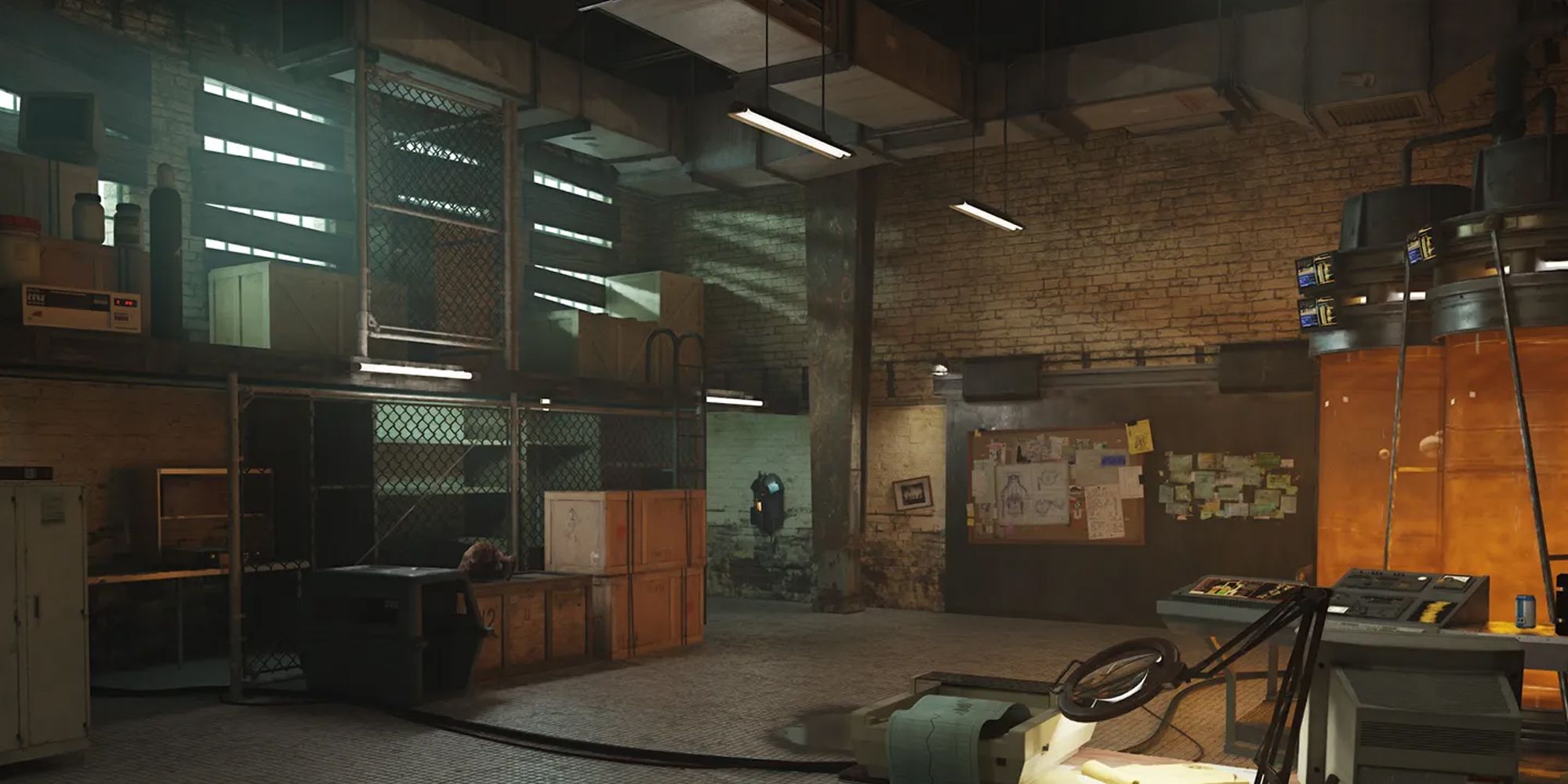
Next
Half-Life 2 Is Proof We Should Stop Slapping RTX On Old Games
RTX overhauls do little more than gut classic games’ art styles.
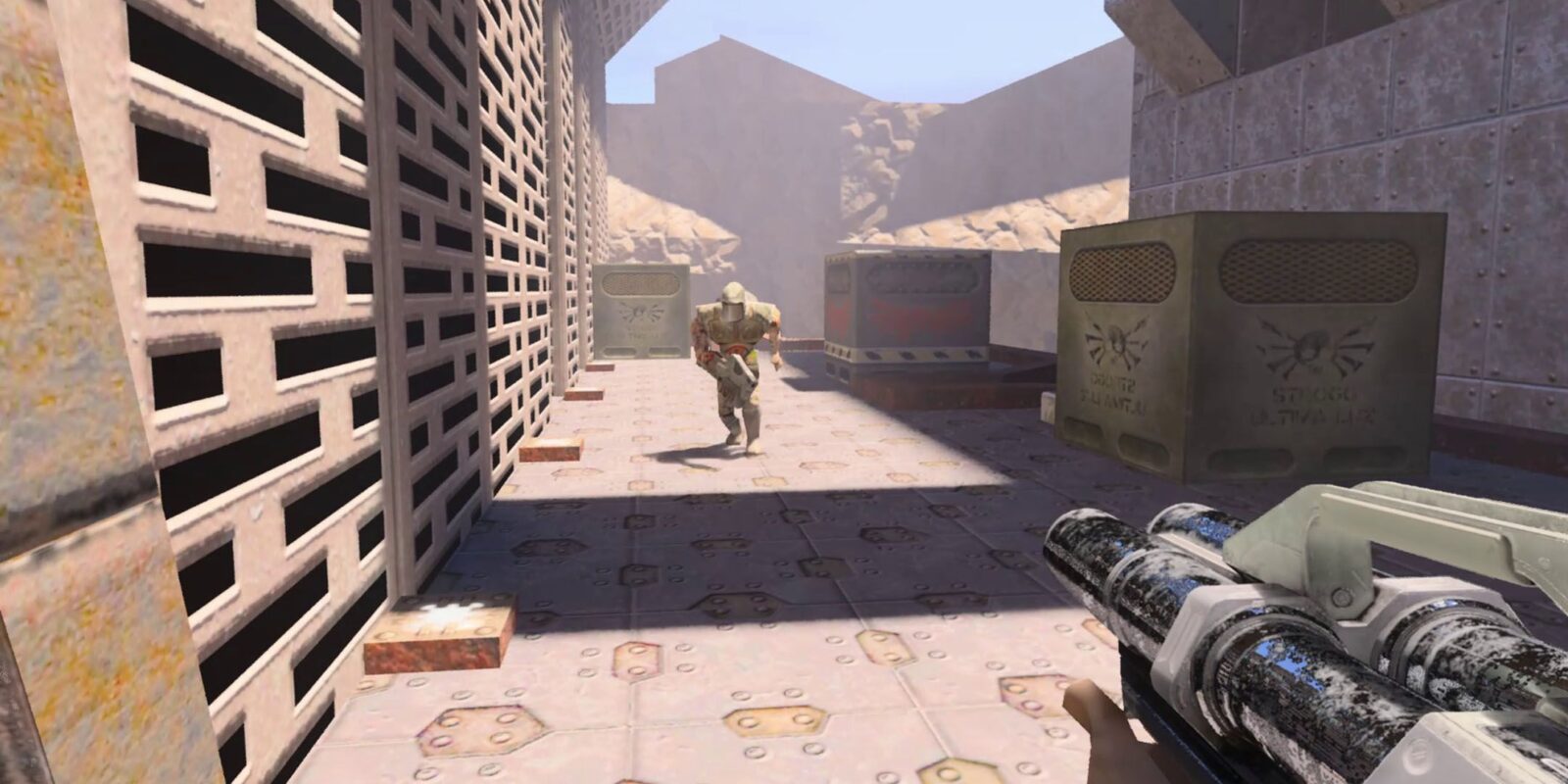

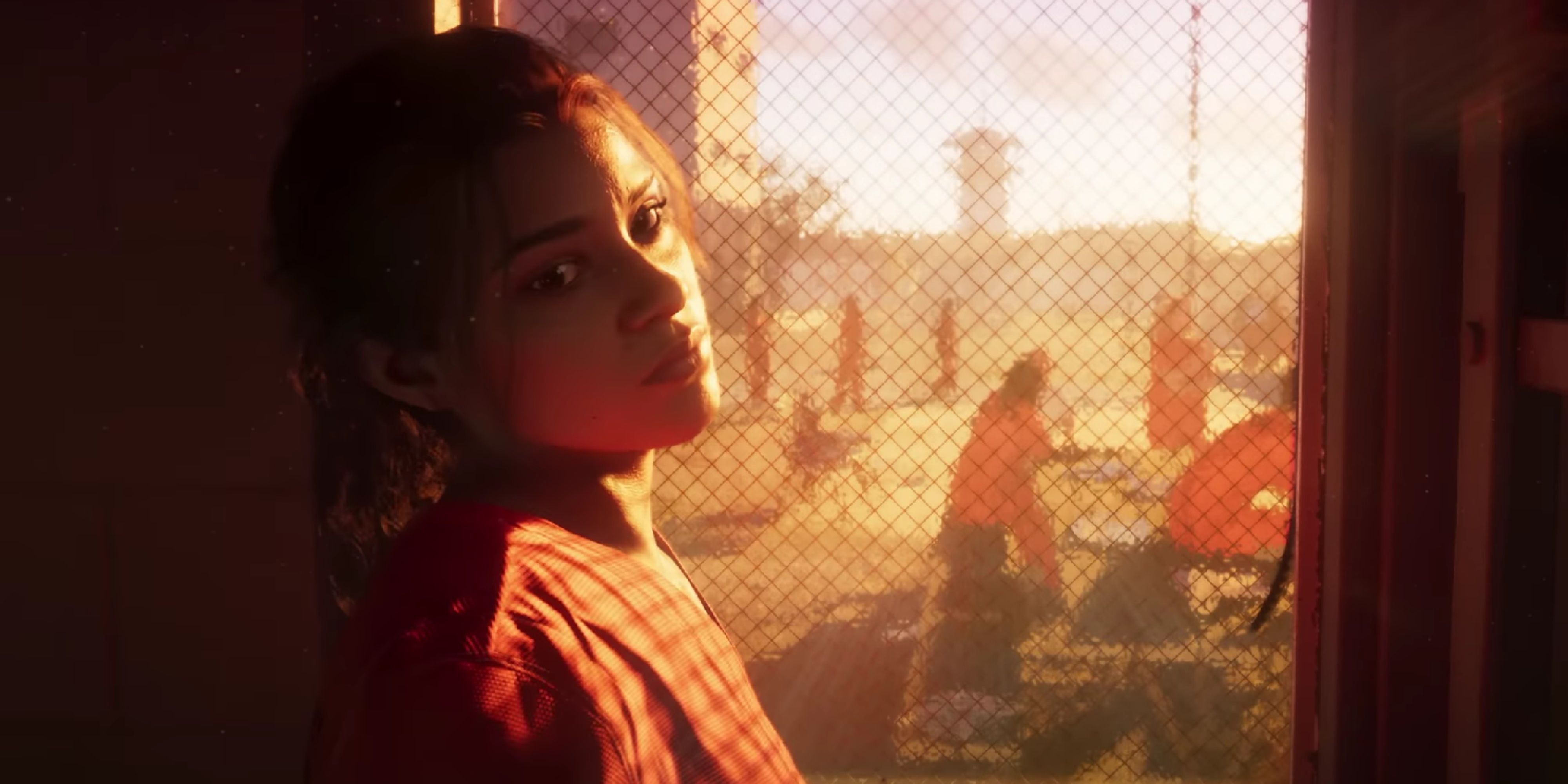

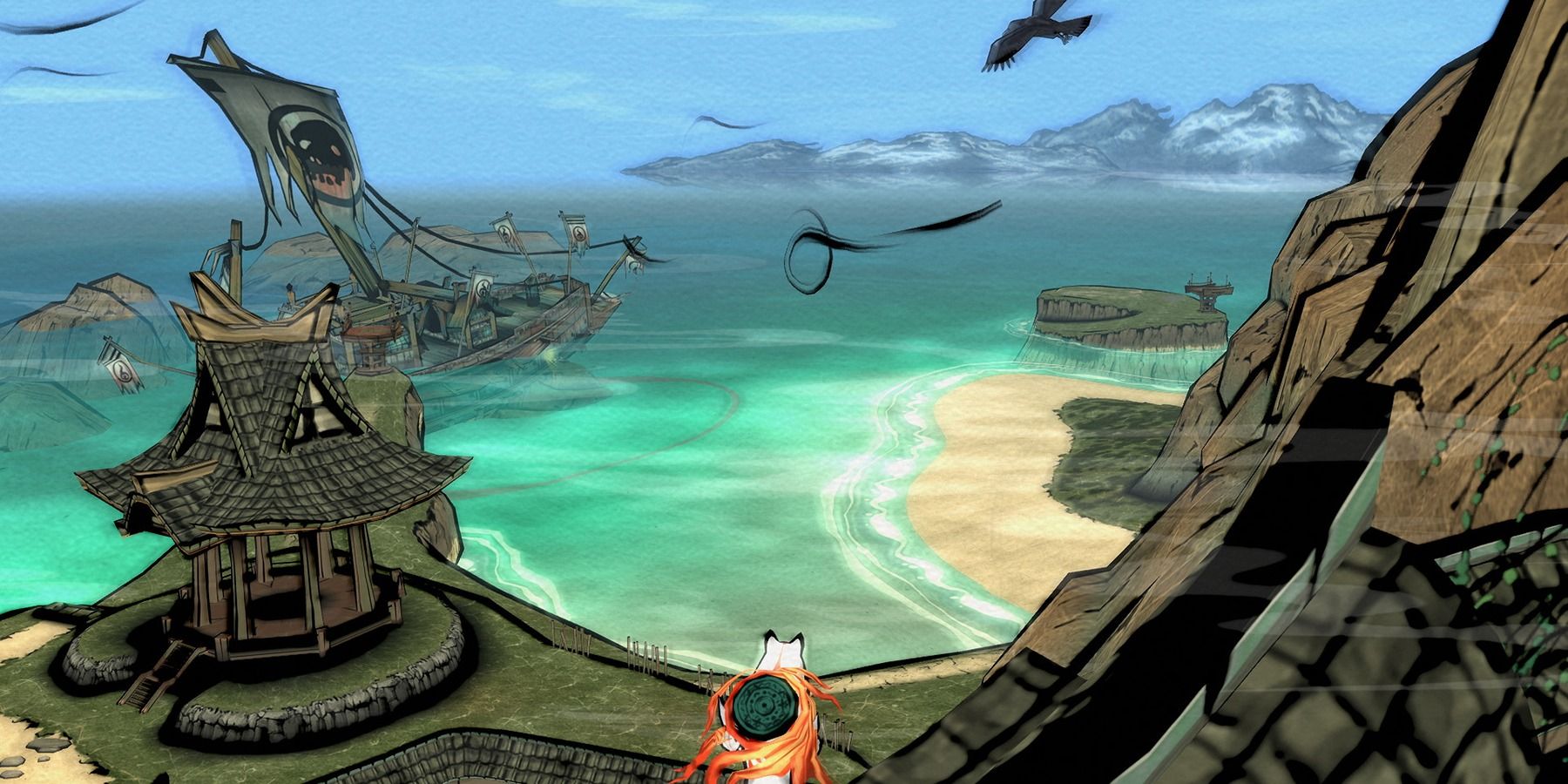





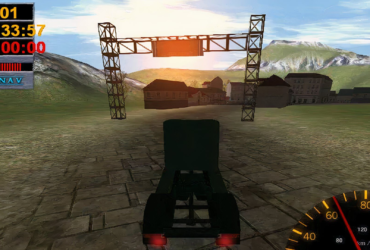
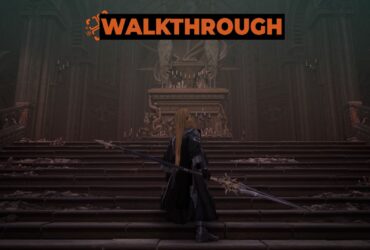


Leave a Reply